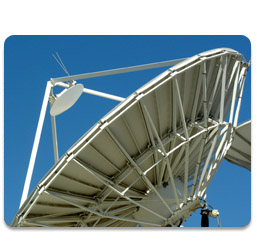
Full-Power and LPTV
The digital television (DTV) transition, scheduled to take place on June 12, 2009 refers to the switch from analog to digital broadcast television. In the Federal Deficit Reduction Act of 2005, Congress mandated that all full-power television stations must stop broadcasting in analog, and must continue broadcasting in digital only. While the majority of consumers in the U.S. can receive the programming of full-power over-the-air stations, there are other categories of broadcast TV stations including "low-power" stations. These stations are not required to make the switch to digital broadcasting.
The FCC established low-power television (LPTV) service in 1982 to provide opportunities for locally-oriented television service in small communities. These communities may be in rural areas or may be individual communities within larger urban areas. More than 2,100 licensed LPTV stations are currently in operation. LPTV programming can include satellite-delivered programming services, syndicated programs, movies, and a wide range of locally-produced programs.
While the June 12, 2009 deadline for ending analog broadcasts does not apply to low-power stations, the FCC will require these stations to convert to digital broadcasting sometime thereafter. Nearly 2,000 of these stations have been authorized to construct digital facilities and some are broadcasting in digital already.
